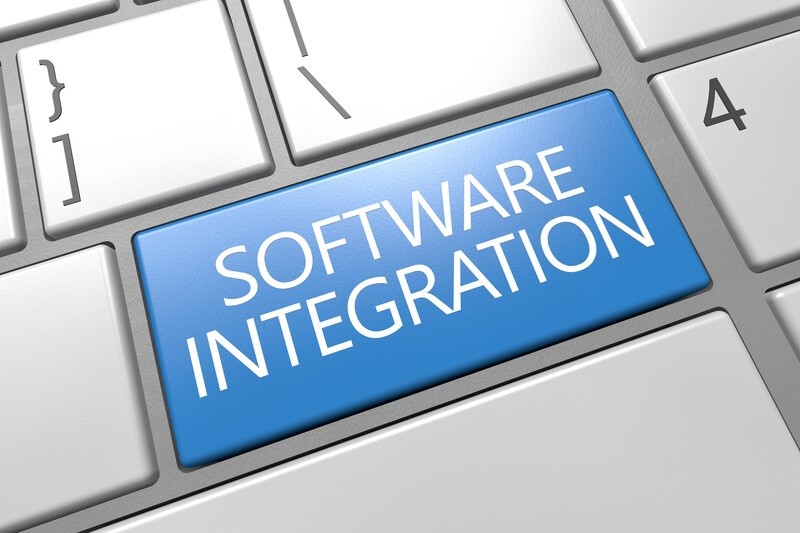Recently I wrote a blog about four main factors to consider when evaluating and purchasing dental software. One of the factors cited was the importance of a vendor’s quality and level of service and support. While writing, this had me thinking back to a time when we were doing a lot of conversions from other vendor’s systems – the primary reason not being lack of functionality as one might think, but rather in many cases, the lack of sufficient customer support at critical times.
With the increased complexity and functionality of dental software today, the importance of service and support is even more critical, yet often remains a neglected factor when evaluating which practice management system to implement. Let’s look at the components of a comprehensive support plan that help ensure your practice runs smoothly with minimal interruption.
Solution Implementation
The first indication of the level of support you will receive from a vendor usually comes during the sales process – but at this stage you are dealing with promises. It’s during the software implementation phase where you will receive tangible evidence of a vendor’s commitment to support.
Whether you choose a local server or a cloud-based solution, it needs to be configured to the workflow requirements of your practice and that requires assistance from the software vendor. In many cases, you will need to contract third party hardware/IT vendors that will also rely on your dental software vendor for support. Many installations also involve conversion of practice data from a previous system – another indicator of service level based on the quality and delivery time of the data converted.
Training

The amount and level of training you will receive is another indicator of the vendor’s dedication to high service levels and is a huge determinant of how your dental team will perceive the functionality and quality of the software.
Look for a vendor that has the resources to offer a variety of training methods including onsite, classroom and web-based, and ask about the software’s built in help system and whether they have other training collateral available such as tutorials and videos. The number and experience level of trainers on staff is also a good indication of the quality of training you will receive.
There is a temptation to skimp on this area in an effort to save money but the irony is that quality, comprehensive training allows for the greatest return on investment. However, if you have a person on staff that is skilled enough to train the rest of your team, this can be a viable option to optimize your investment and help ensure that all team members follow the same procedures when using the software.
Software Support
As mentioned, a common reason practices switch to new dental software is poor customer support from their vendor – specifically, slow response times and insufficient problem resolution.
- Request performance statistics, such as the average on-hold time and average length of call. This information will provide you with an objective metric when comparing service levels between vendors.
- Ask how many software support analysts they have on staff to respond to technical questions and/or issues.
- Check out the type of support plans offered and the scope of service hours to see if they match your requirements and budget. Ideally, the vendor should provide 24/7/365 support.
- Find out from your colleagues whether their vendor’s technical support staff often go beyond simple problem resolution by providing helpful tips based on their experience working with dental practices.
- Review the vendor’s customer newsletters, blogs, ebooks, training materials, etc. to gauge how helpful they will be and the degree to which they will keep you informed.
- Look for vendors that provide a customer portal for convenient access to value added resources.
Software Updates
As the dental industry and practice management best practices continue to evolve, so will your dental software need to progress. Software updates you receive from your vendor should consist of improvements to existing features as well as new functionality rather than simply “bug” fixes. Downloading updates should be seamless and require minimal setup to limit practice downtime. Small incremental updates are preferred so that learning curves to implement new features are short and reliance on support services is minimized.
Third-Party Integrations

No matter how comprehensive the dental software package you choose is, there may be third party applications you want to add that can benefit from an integration. The integration will typically involve sharing of information between the new application and the dental practice management software to provide administrative/clinical synergies and reduce data entry. Third-party applications that can benefit from integration include imaging software, payment card processing, reputation management, and automated patient communication. The number of integration partnerships a vendor provides is an indication of how dedicated they are to delivering leading-edge solutions to their customers.
Conclusion
Like all companies that use software to help manage their business, dental practices rely on service and support to maintain productivity and minimize downtime. Unfortunately, many dental practices underestimate the importance of quality support before purchasing dental practice management software only to realize its impact after it is too late to change course easily. There is also a temptation to cut support costs since it is an ongoing expense – however, this service has the potential to provide a large return on investment if used effectively.
It can be difficult to determine which vendor is positioned to provide the best levels of service and support. It is wise to start by evaluating the vendor’s overall track record in the industry – a good indicator of the quality of support they will provide after you purchase their software.



